 Help I Got Pesticide In My Eye!
Help I Got Pesticide In My Eye!
First, don’t panic! Although no one ever thinks it could happen to them, it is possible to get pesticides into your eyes. When it comes to pesticide exposure, there are few that can cause concern more than getting pesticide in your eye. In the heat of the moment, do you know what to do? Can you prevent the problem in the first place, or do you know how to deal with it if it happens? We will explore exactly What To Do If You Get Pesticide In Your Eye.
If you have pesticide in your eye, the first thing to do is wash it out. Always follow the label instructions for what to do if you get it in your eyes. However, most labels have the same instructions: rinse your eyes for 15-20 minutes and call doctor or poison control for help. That’s great, but what can I use to rinse out my eyes? The best choice is water! But, you need enough of it to keep rinsing for 15 minutes. All of the following could be used:
- Chemical eyewash station
- Eyewash bottle
- Distilled or bottled water
- Water from large jug
- Any source of clean water
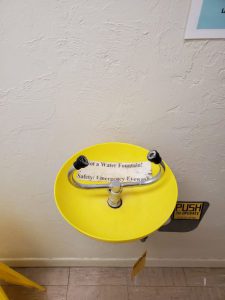
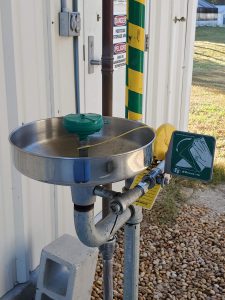
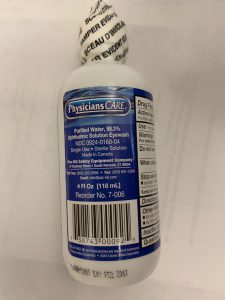
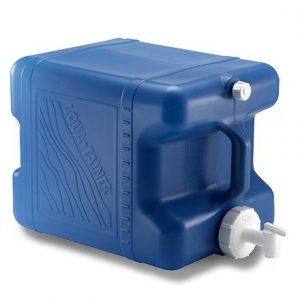
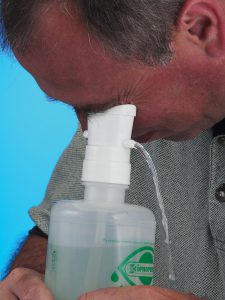
Rinsing your eyes is a little more involved than simply splashing some water in the eye, there are some tips and tricks that will help it be more effective.
- Hold the eye open with a CLEAN hand
- Always rinse from the inside (nose side) of the eye towards the outside (ear side) of the eye. This prevents cross contamination. You don’t want to wash the pesticide from one eye into the next.
- Keep a slow and steady stream of water, you don’t need to blast out the pesticide, you are gently washing it out.
- Speed is of the essence, the quicker you can rinse the less might absorb into the eye
- Keep rinse water at an appropriate temperature so as not to harm the eye (don’t use a water bottle that has been baking in a hot car all day!)
- If you wear contact lenses remove them after the first 5 minutes of washing

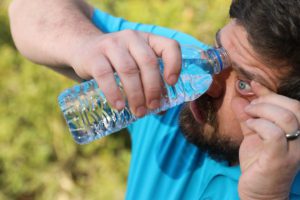
The best way to quickly rinse out the eye is to always locate a clean water source before you start mixing. If working remote, have a “decontamination kit” readily available. It is always smart to practice finding your water source and rinsing your eyes, as you don’t want to try and find it for the first time when you have pesticide in your eye.


Can you find your eyewash location or clean water with your eyes closed? If not, think about what it would be like trying to find it with pesticide in your eyes. Make it so your clean water is easy to find, easy to distinguish and you are familiar with using it!
Also be sure to check that your eyewash is still ok to use (see https://blogs.ifas.ufl.edu/pesticideinformation/2020/11/30/is-your-eyewash-safe/).
The best way to handle pesticides in the eyes is to avoid it in the first place. Properly selecting and using your personal protective equipment (PPE) is the best way to avoid this in the first place (https://edis.ifas.ufl.edu/pi287).
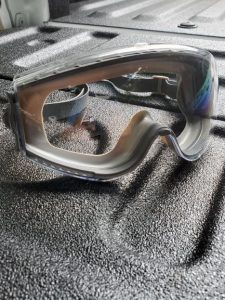
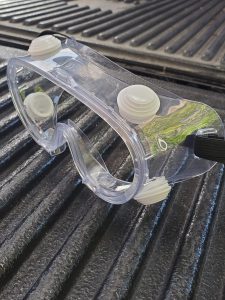
However, there is one last possible exposure route, even if you have protected your eyes from drift, splashes or sprays….your hands. Always wash your hands before touching your face or eyes after pesticide applications. Also ensure you properly wash your PPE and bathe after application as well, to avoid secondary contamination of the eyes. As someone who has rubbed hot sauce into their eyes….having clean hands is important.
It has been said that “Beauty lies in the eye of the beholder” so protect your eyes, know how to mitigate any possible exposure that does happen, and keep those eyes around to behold!
For more information about Eyewear PPE please see: Protective Eyewear for Pesticide Applicators. https://edis.ifas.ufl.edu/pi287
We have a short survey to get feedback from readers like you, take a few minutes to help us make this blog even better:
SURVEY
Subscribe to Blog
 3
3

